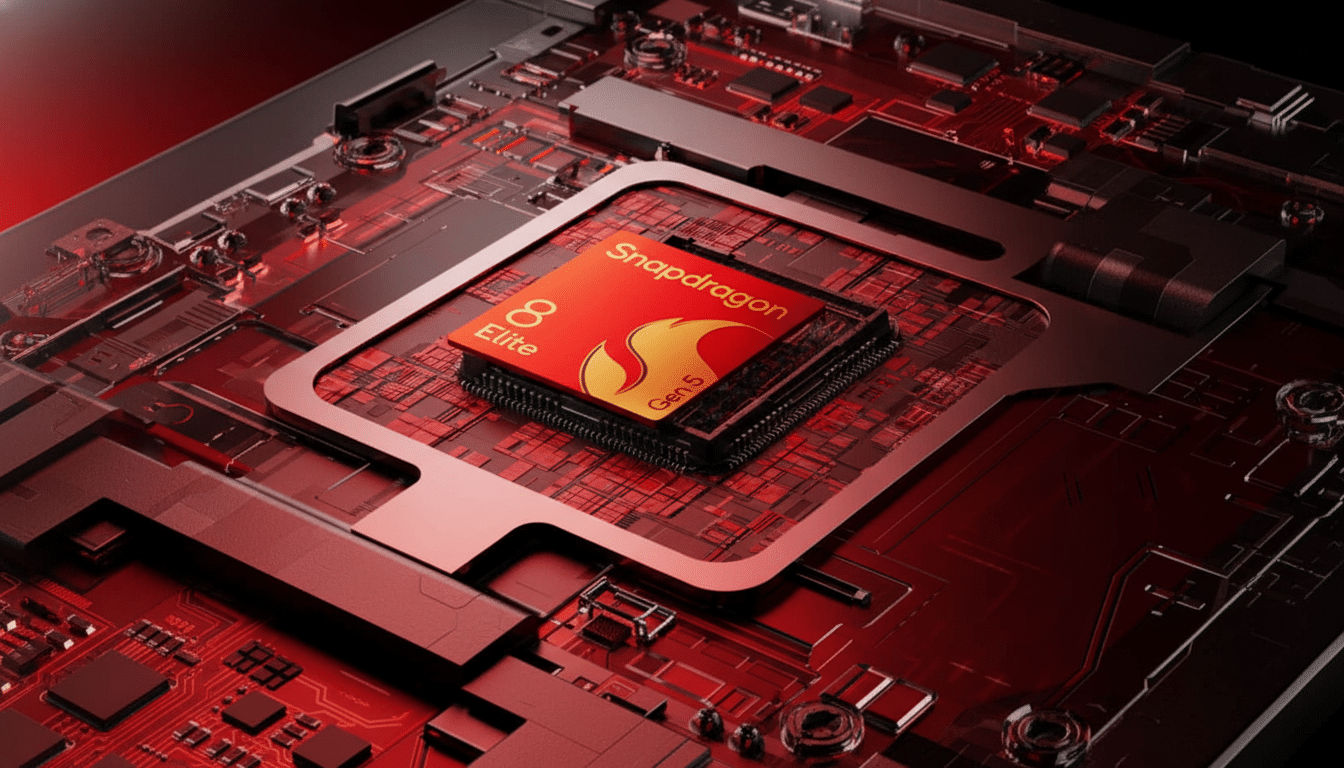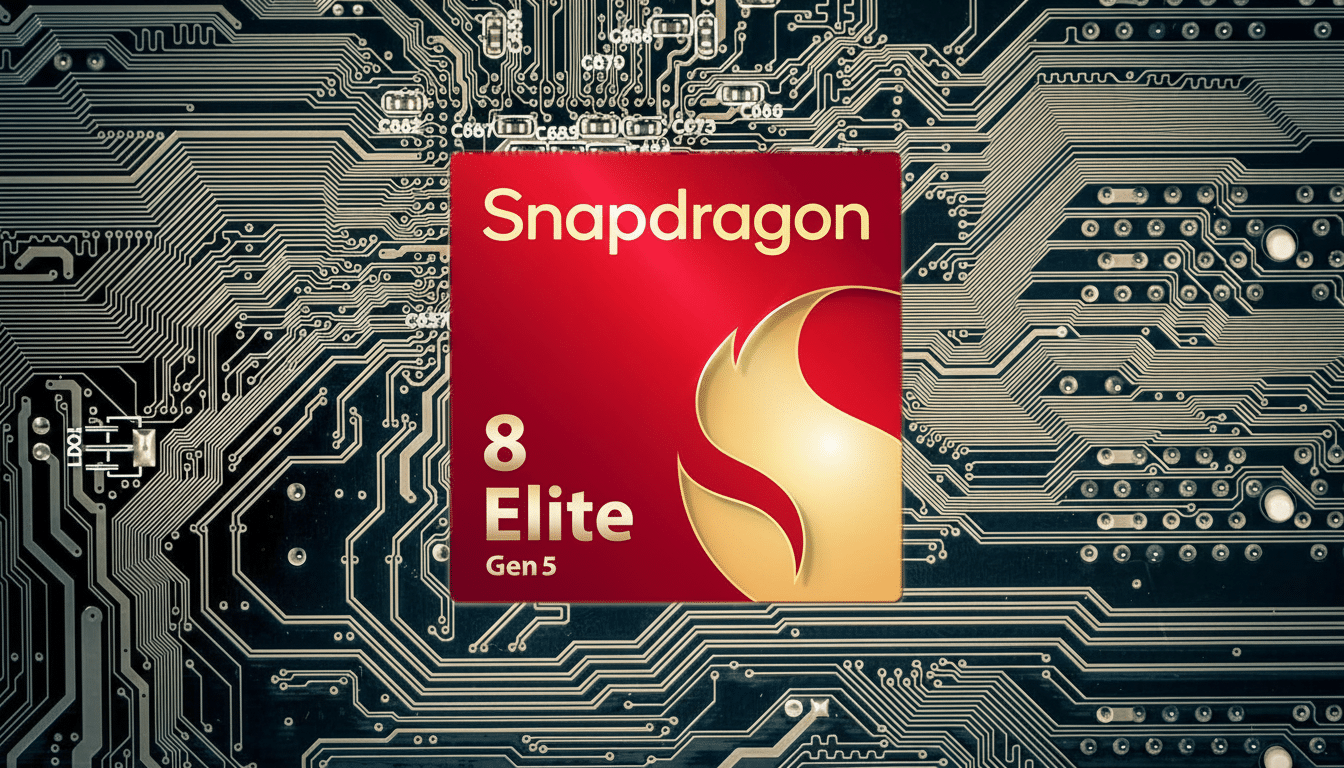OnePlus might be prepping an unusual combo for today’s phone world: an itty-bitty Android flagship that can last for days. A trusted Weibo tipster, Smart Pikachu is the platform name, said the rumored OnePlus 15T (which would likely be sold globally as its counterpart, OnePlus 15s) will bring together a screen of at least 6.3 inches and a battery surpassing 7,000mAh — all crammed into its frame in what would almost constitute witchcraft for this size class if true.
The leak also suggests a flagship-tier Snapdragon 8 Elite Gen 5 processor, a metal frame, and additional multi-function hardware controls that might tie into camera or on-device AI capabilities.
- What The Recent Leak Actually Says About 15T
- Why a 7,000mAh Battery in a Small Phone Is Significant
- Fast Charging And Heat Are Big Barriers To Solve
- Cameras And Controls Might Round Out The Package
- Positioning In A Starved Market For Small Powerhouses
- What To Watch Next As Certifications And Rumors Emerge

Most important of all, the filing makes reference to “ultrasonic sensors,” strongly indicating an ultrasonic under-display fingerprint reader in place of the optical alternative found on the current model.
What The Recent Leak Actually Says About 15T
According to the source, the OnePlus 15T maintains a pocketable form factor with its 6.3-inch screen and resists the industry drive toward monster 6.7-inch slabs. The headline upgrade would of course be a 7,000mAh+ cell — miles ahead of the already generous 5,850mAh battery in the OnePlus 15s, hinting at a quantum leap in pack density and interior packaging.
Additionally, there will be a premium metal chassis and a reconfigurable side control that may mimic the “action button” design we’ve seen elsewhere but retain the company’s distinctive alert slider.
The mention of ultrasonic biometrics suggests that we’ll unlock our phones quicker and more dependably, even with damp or cold fingers.
Why a 7,000mAh Battery in a Small Phone Is Significant
To put this in perspective for you, most upper-tier flagships hover around 5,000mAh. Smaller devices tend to go lower: the Galaxy S24 from Samsung has a 4,000mAh battery; the Asus Zenfone 10, 4,300mAh; and Apple’s iPhone 15, about 3,349mAh. Packing 7,000mAh or higher into a roughly 6.3-inch handset would effectively be a new standard for energy density in the premium compact category.
Accomplishing this would probably include a stack of technical advances: dual-cell architecture for quick charging, denser materials (silicon-carbon anodes), and space-saving packaging (high-density interconnect PCBs, smaller motherboards). Companies under the same corporate umbrella have also experimented with L-shaped batteries and stepped cell designs to marshal every cubic millimeter of internal volume.
Fast Charging And Heat Are Big Barriers To Solve
OnePlus is not a novice when it comes to fast charging, the latest models ranging 100W–150W while relying on a Battery Health Engine that, by company white papers’ reckoning, aims for about 80% capacity retention after approximately 1,600 cycles. That trend doesn’t translate well to a 7,000mAh+ pack and would require beefy thermal management — read: oversized vapor chambers, multi-layer graphite, and conservative charging profiles when the phone’s hot.

Battery physics doesn’t forgive: more capacity means, usually, more mass and heat to exhaust. For context, the 7,000mAh Galaxy M51 weighed in at roughly 213g and is somewhere around 9.5mm thick, while gaming phones with similarly sized (but smaller capacity) batteries often cross the 235g mark or more. If OnePlus manages to keep the 15T literally pocketable, it will be striking an awkward ledger balance between thickness, weight, and endurance.
Cameras And Controls Might Round Out The Package
The 2022 mini-er OnePlus model comes with one fewer rear camera (50MP wide and 50MP ultrawide). A telephoto lens would fill an important gap and also fit much better into the “small but flagship” proposal. The reported multi-function button would make for a great shutter toggle, voice-to-note capturing, or even immediate AI transcriptions (especially with the patented AI accelerators on Qualcomm’s most recent high-end chips).
An ultrasonic fingerprint reader would be a welcome daily refinement, often offering speedier recognition and fewer misreads than optical sensors, particularly in bright sunlight or with screen covers on.
Positioning In A Starved Market For Small Powerhouses
Industry monitors like Counterpoint Research observe a form of the Android mainstream that converges around 6.6 inches and not much smaller than that is available. If OnePlus can produce an option with multiday battery life that fits in one hand, it could find a loyal audience among commuters, travelers, and heavy-messaging users who are yet to be excited about phone-sized tablets.
In the past, the company’s T or s variants have been cut-price ultra-premium flagships that keep its core performance and charging technology. Should the 15T/15s also hew to that playbook, it could end up as one of the most practical “grab-and-go” smartphones of the year — assuming that big battery hearsay pans out.
What To Watch Next As Certifications And Rumors Emerge
Battery capacities and charging wattages usually surface in regulatory filings (like China’s 3C and TENAA, or India’s BIS) ahead of the launch. Supply chain talk from display and battery suppliers could also confirm dense-cell configurations. In the meantime, consider that a 7,000mAh claim is ambitious but hardly impossible — particularly from a company whose priorities have long centered on charging speed and practical endurance.
Even if half these details materialize, the OnePlus 15T could end up being that rare compact phone which doesn’t force users to trade long life for ideals, unlocking an attractive alternative to today’s crop of plus-size flagships.

